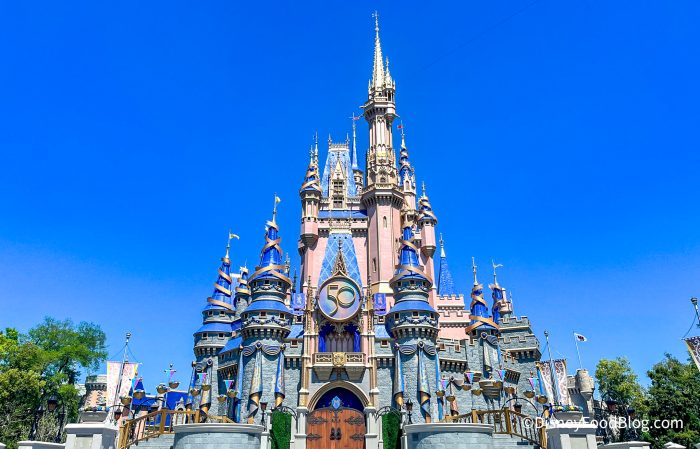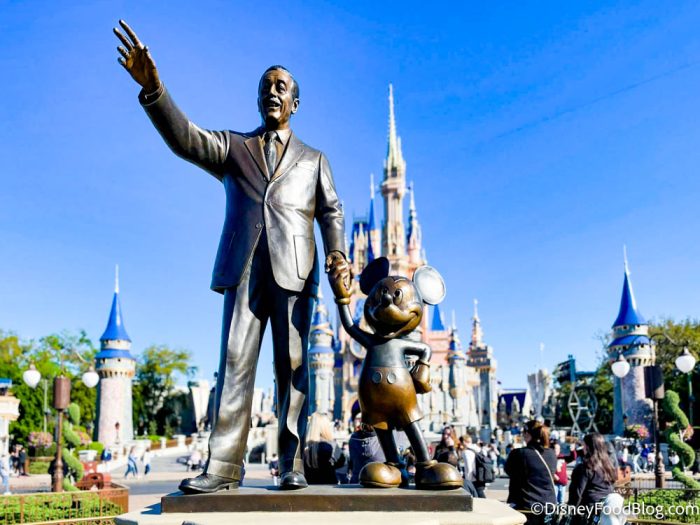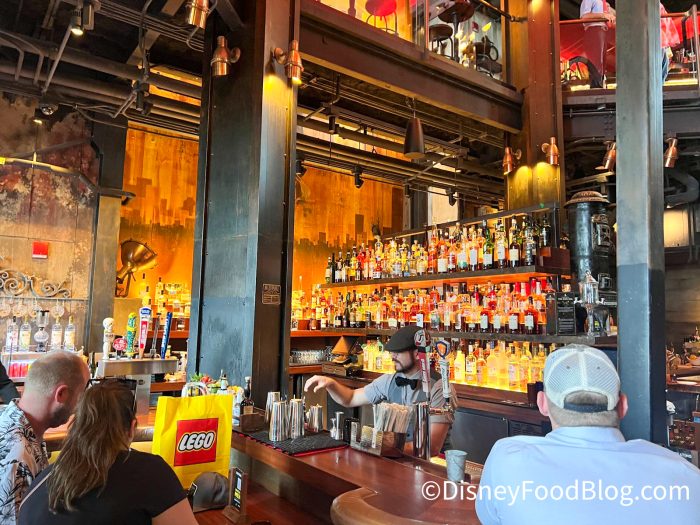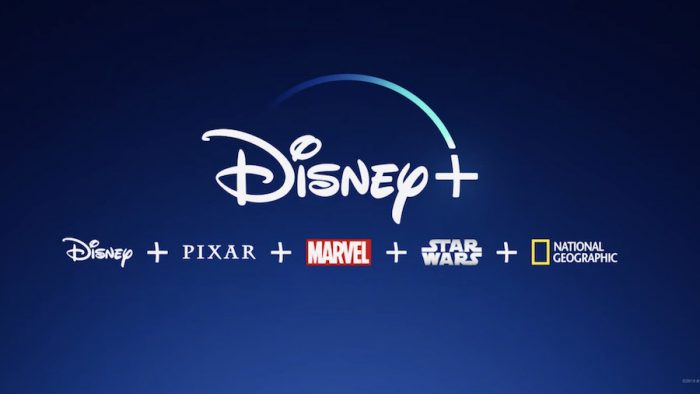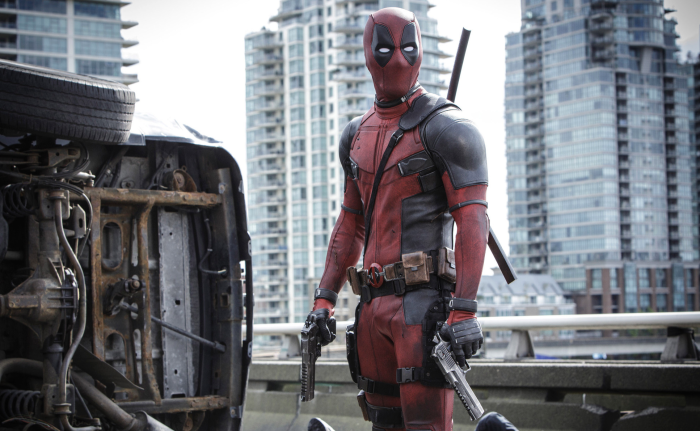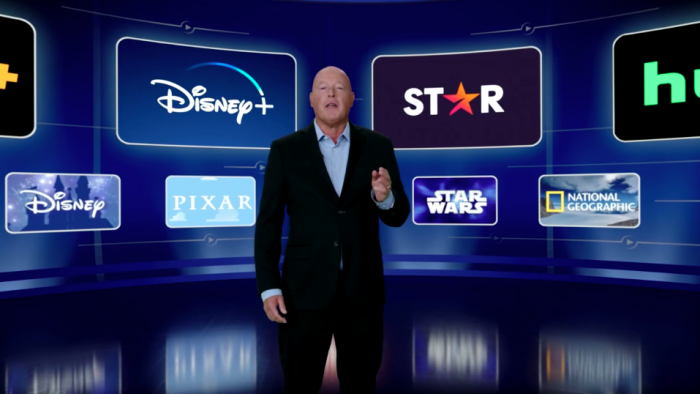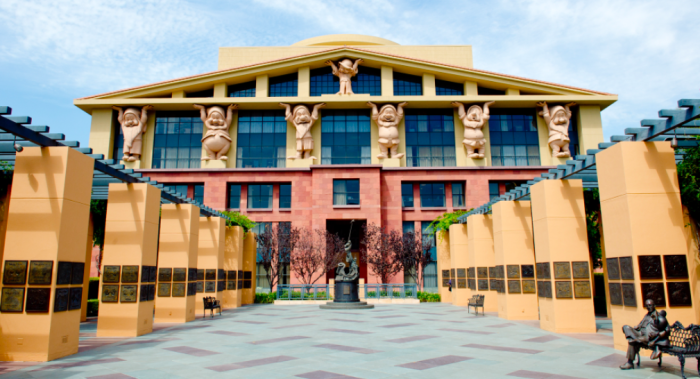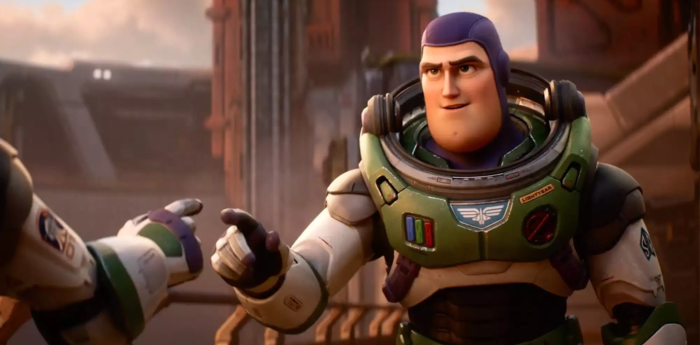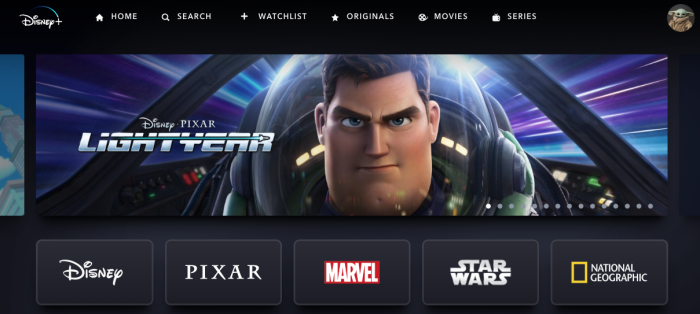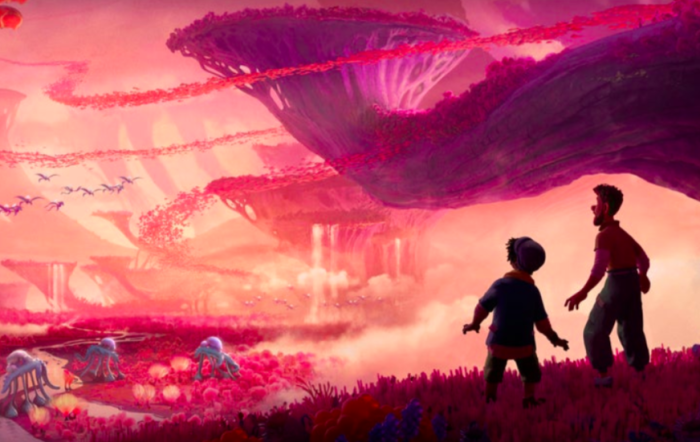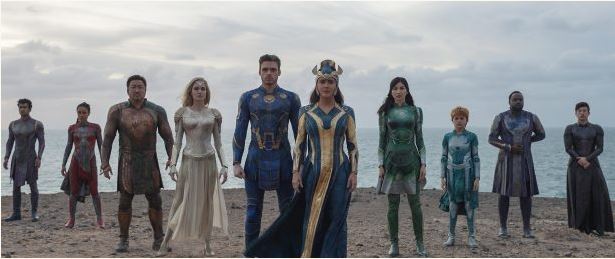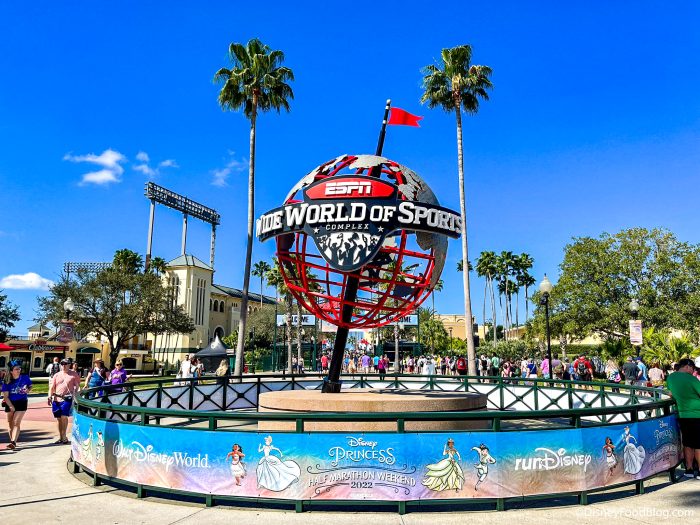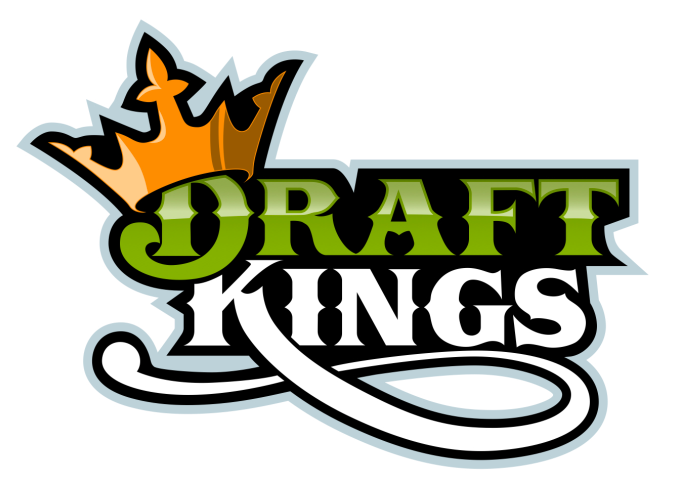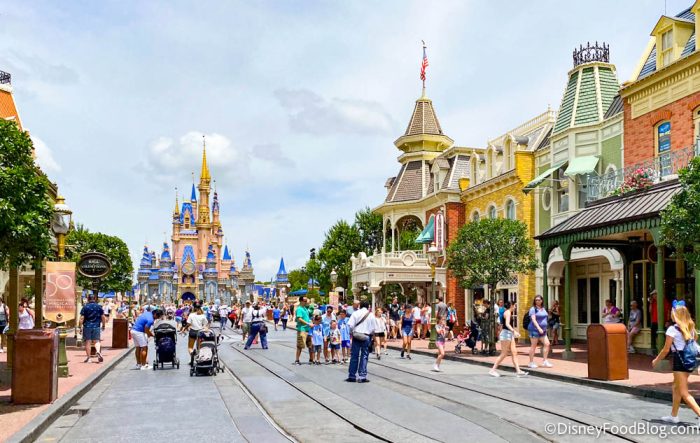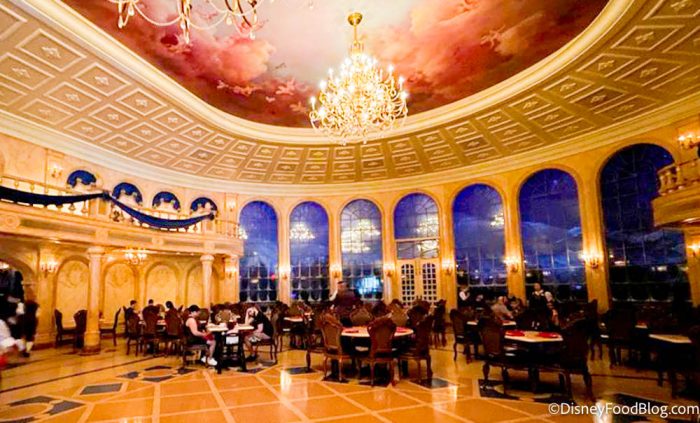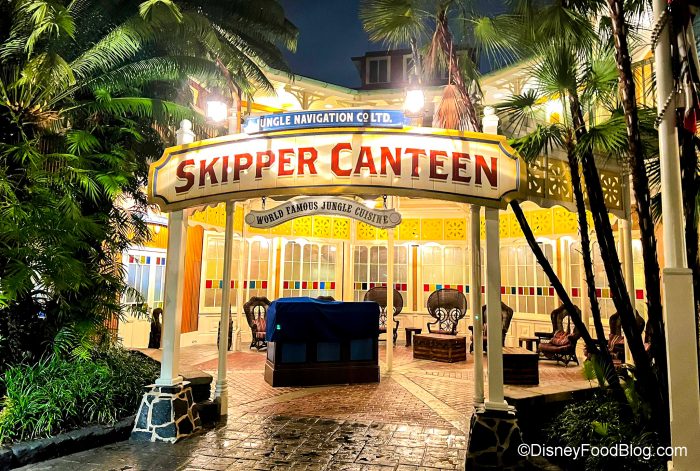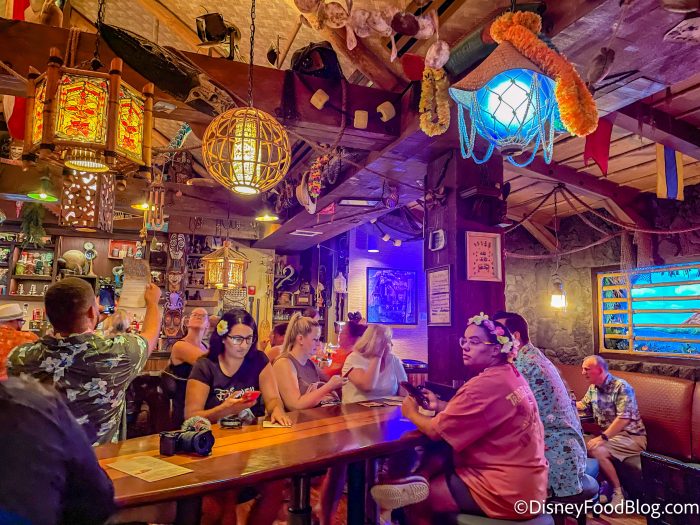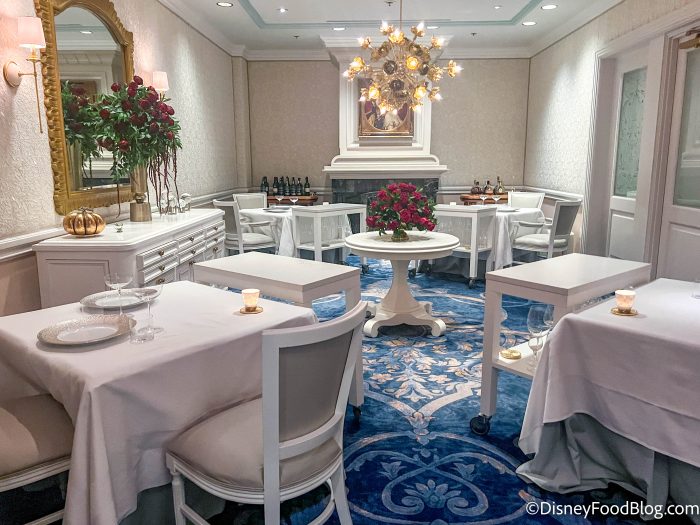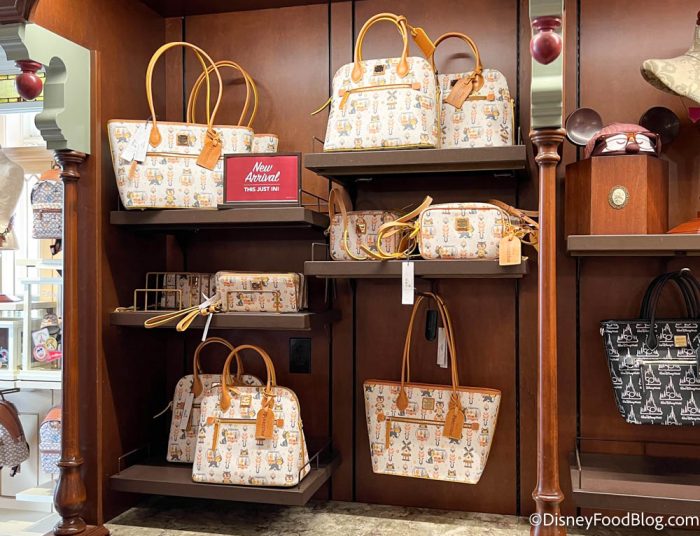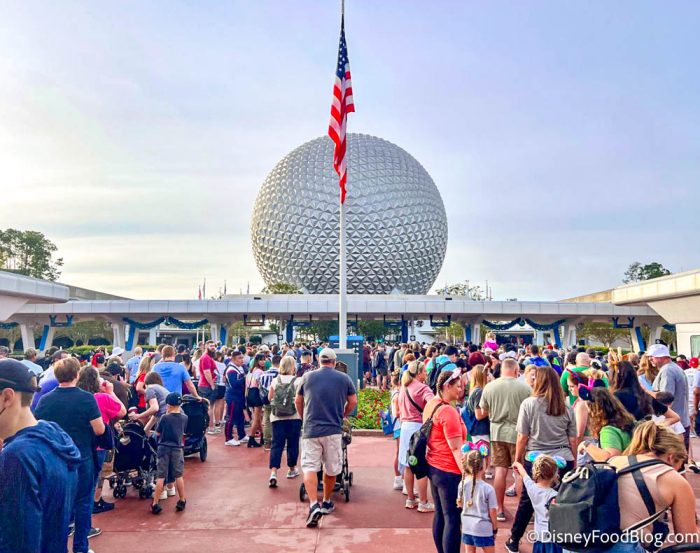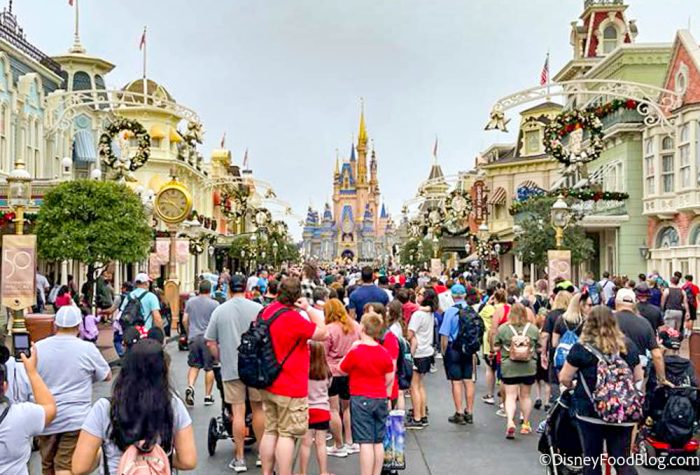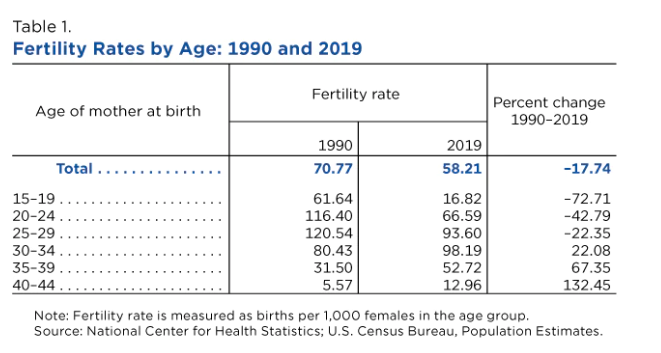Rated-R films, alcohol, and gambling aren’t normally the first things people think of when they hear the word “Disney.”
The brand is more likely to conjure up images of Mickey Mouse, animated movies, “it’s a small world,” and churros. But the world we live in now is changing all the time, and much of Disney’s past success has come from the company’s ability to adapt and change with it. You don’t get a 100-year anniversary as a company if you’re not flexible and willing to take a few risks. Let’s dive into the details of how Disney is branching out and becoming so much more than a family brand.
Disney may traditionally be thought of as a family or kids’ brand, but the brand has catered to all ages since its creation. Walt Disney is credited with saying, “You’re dead if you aim only for kids. Adults are only kids grown up, anyway.” Disney has always marketed to adults as well, but now it seems that they’re doing it in a different way.
Instead of only speaking to the “kid at heart” (the “kids grown up” as Walt put it), Disney is also addressing adult issues, embracing adult content, and introducing more products, menus, and experiences that mostly adults will enjoy. Disney World is not only a place to feel like a kid — it’s also a place where you can drink around the world in EPCOT, stay up late at 21+-exclusive bars, and attend burlesque-style performances.
Streaming is another way that Disney is catering to adults. Disney+ doesn’t just have the classic animated movies — it also has Marvel and Star Wars films, some of which have adults-only ratings.
Adult Content in Streaming and Film
R-Rated Streaming Content
Disney has a few different streaming and network TV platforms, including Disney+, Hulu, ESPN+, and ABC. Adult content has long been part of ABC and Hulu, but when Disney+ launched in November 2019, the platform didn’t include content with mature ratings. There seemed to be a hard line drawn that separated Disney+ as a family-friendly service, free of any adults-only content.
That line was blurred in early 2022 when Daredevil and The Punisher joined Disney+, both of which have TV-MA ratings. Then, in the summer of 2022, 3 R-rated movies were added to Disney+’s streaming lineup. Deadpool, Deadpool 2, and Logan were the first mature-rated movies to be included on the platform.
ABC has also added some more mature content in the last few years, such as American Horror Story, which has a TV-MA rating.
Why the push into more adult-focused content? The answer is pretty simple: it works, and it makes money. During a recent interview, Bob Chapek (the Disney CEO at the time) told Matt Murray (Wall Street Journal’s Editor-in-Chief ) that he was “amazed at the elasticity of the Disney brand.” Chapek said, “our fans and our audiences put their kids to bed at night after watching Pinocchio or Dumbo or The Little Mermaid. They’re probably not going to tune into another animated movie. They want something for them.”
During the same interview, Chapek confirmed that Disney’s goal is to “appeal to the largest possible audience.” He said, “Disney is a company that has survived for 100 years by catering to its audience and it’s going to thrive the next 100 years by catering to its audience.” Disney’s audience isn’t just little kids — it’s also the parents of those kids and the adults who don’t have kids at all.
Tackling Major Topics
Beyond including more mature-rated content in its streaming services and networks, Disney has lately been more open about addressing mature ideas in films and shows. Some recent events have shown that the brand is committed to promoting inclusion and diversity, even when the ideas may be politically controversial.
For example, the new Pixar movie Lightyear was banned in some Middle-Eastern countries because of a scene in which a lesbian couple kisses. According to Galyn Susman (a producer at Pixar), Disney wasn’t always committed to keeping that scene in the film. “They were all supportive of [the characters’ relationship], but there was definite pushback on having that kiss,” Susman said (The Hollywood Reporter).
Reportedly, the decision to keep the scene in the movie came after Disney was criticized for not speaking out sooner against Florida’s Parental Rights in Education bill (called the “Don’t Say Gay” bill by some), which is now a law. Some employees and fans were unhappy with how CEO Bob Chapek handled the affair, and Pixar staff claimed at the time that “Disney had censored nearly every moment of overtly gay affection in past studio titles.”
Susman said that, at that point, Disney reversed their course and the team “got the opportunity to put [the kiss] back in.”
Another example of LGBTQ+ inclusion is in the 2022 Pixar animated movie Strange World, which includes the character Ethan Clade, who is Pixar’s first out gay teen.
Other Disney films address different aspects of diversity and inclusion, such as Eternals, which has Marvel’s first deaf superhero, and the upcoming live-action remake of The Little Mermaid, in which Halle Bailey stars as Ariel, a character typically depicted as caucasian.
In Chapek’s interview with Matt Murray, Murray pointed out that the ending of Disney’s Pinocchio remake is also controversial. “I think the new Pinocchio, he doesn’t change in the end, he just accepts himself for who he is. So the ending has changed a little bit with sort of contemporary moors and your people love to get out there and say, ‘Disney’s too woke. Disney’s become too politically correct.’”
Chapek responded, saying, “The more complex something is, the more you have to really drill down into the basics and we want our content to reflect the rich, diverse world that we live in. And again, I guess that’s another way of saying catering to your audience, but the world is a rich, diverse place and we want our content to reflect that.”
Exploring Sports Betting
In just the last couple of years, Disney has changed its tune when it comes to sports betting. Leadership in the past has claimed that Disney would not enter the world of gambling, but that doesn’t appear to be the case anymore.
During a 2021 earnings call, then-CEO Bob Chapek said that Disney was “moving toward a greater presence in online sports betting.” He claimed that Disney believes “that sports betting is a very significant opportunity for the company.” In fact, he went as far as to say that leaders at the company are “keenly interested in and are pursuing aggressively” involvement in sports gambling.
Executives have since commented several times on the possibility of Disney diving into sports betting and what that might look like. Chapek previously said that he has “some concerns as a company about our ability to get in it without having a brand withdrawal.” Disney would likely partner with a third-party company in order to pursue sports betting without tainting the family-friendly nature of the brand.
Sports betting is a highly profitable industry, and it appeals to a new generation of sports viewers. Chapek said that the demand for more interactive viewing experiences is what drives the company’s interest, because younger ESPN viewers want “a robust, lean-forward sports experience” rather than “their grandfather’s lean-back experience.”
A focus on ESPN in general — not just on sports betting — is another example of an adults-exclusive move by Disney. Most young kids don’t want to sit and watch a football game, but it appeals strongly to adults of many ages. At one point, many people believed that Disney was going to sell ESPN, and Chapek reported that Disney was contacted by several “other entities” who wanted to buy it. He said, “That says something about the power of sport and the advertising business.” He then confirmed that Disney has no intention of selling the sports network, because Disney now has “a full complement of general entertainment, family news, sports that no other entertainment company can touch” (Deadline).
Learn more about what Disney has said about sports betting.
Changes at the Theme Parks
Digital content isn’t the only place where you can see Disney’s emphasis on its adult audiences. In the Disney theme parks, we’ve seen a growing trend of experiences that are catered to the 21+ crowd.
One of the most obvious changes is the increased presence of alcohol in the theme parks. Initially, alcohol was not served at any of the Disney parks, but that changed way back in 1982 when EPCOT opened and introduced the first 21+ drinks. Still, Magic Kingdom would stay a dry park all the way up until 2012, when alcohol was first introduced with the grand opening of the Be Our Guest Restaurant.
Today, you can still only order alcohol at sit-down restaurants in Magic Kingdom, but it’s available at several of those restaurants, including Cinderella’s Royal Table, Jungle Navigation Co., Ltd. Skipper Canteen, The Crystal Palace, and more.
Alcohol can be found at both quick service and table service restaurants at all of the other 3 Disney World parks.
Learn more about the history of alcohol in Disney World here.
Did you know there are even some Disney World lounges and bars that only permit adults? Trader Sam’s Grog Grotto (at Disney’s Polynesian Village Resort) and The Edison (at Disney Springs) both have cut-off times in the evening when only the 21+ crowd is permitted inside. For Trader Sam’s that starts at 8PM, and at The Edison it’s 10PM. Jellyrolls (at Disney’s BoardWalk Inn) is always only open to adults. Again, note that this isn’t necessarily a new change; these restrictions have been in place for years.
Certain restaurants at Disney World are only open to kids who are ages 10 and up, including Victoria & Albert’s and Monsieur Paul. These restaurants restrict the ages of guests to create an upscale atmosphere and appeal to visitors who want that feel rather than the family-friendly vibe at most Disney restaurants.
There are adults-only restaurants on every ship in Disney’s cruise line as well, and you can choose to book an adults-only Adventures by Disney vacation as well.
Disney recently changed their Extra Magic Hours perk to be divided into 2 different perks: Early Theme Park Entry and Extended Evening Hours. The latter is only available to guests at Deluxe Disney resorts, and it means they can stay late (after park closing) at certain parks on select dates. The time for those hours is usually from 9PM to 11PM or 10PM to midnight. Most parents don’t want their little ones to stay up that late, so this perk seems to appeal mainly to older kids and adults traveling without children.
Even the merchandise in Disney World seems to be leaning toward adult audiences. You can buy Disney-themed designer purses (with brands like Dooney & Bourke, Coach, and Kate Spade found in the parks), and the popular dress shop dresses are mainly found in adult sizes. Pandora jewelry is a popular souvenir, and you’ll find collections of housewares at most gift shops.
Mickey and Minnie ear headbands and ear hats used to be mainly for kids, but now that has changed as well. You’ll see just as many adults wearing ears in the parks as the kids (if not more), and the prices on some of the ears — especially those affiliated with celebrities and designers — show that they’re not meant for younger shoppers.
Disney Adults vs. Families: The Battle for Disney World
Why Disney Is Branching Out
It’s clear that Disney is reaching beyond the brand’s expected audience of younger kids to appeal more to adults, but why would the company that’s known as a family-friendly entity risk that reputation? The easy answer? It’s both popular and profitable.
In Disney’s experiments with marketing specifically to adults, they’ve seen a lot of success so far. Consumers are watching the R-rated movies, buying the expensive designer merchandise, and visiting the 21+ lounges. Disney is making money and consumers want more, so why would they stop?
During a recent interview, Chapek said, “I want to respect legacy, I want to respect what this brand is, but at the same time, I know that we may be even more precious about what’s Disney than the consumer base is and if the consumer base has more or elasticity then we’ve traditionally had in terms of defining what’s Disney, then we probably ought listen to our audience, which means we have more degrees of freedom than we probably thought.”
In other words, executives believe that Disney’s audience is more open to change and adjustment than some people think, and Disney has a strong focus on catering to its customers.
You may have also heard about the rise of Disney adults, which is a demographic that has received plenty of attention (both good and bad) on social media. These are adults who love the theme parks, movies, merchandise, and more, and they’re willing to spend their money on their love for the brand. The popularity of the Disney adults trend likely proved to the company that there’s a large market of adults without kids who have money to spend on experiences meant specifically for their age group.
And that demographic may increase. According to U.S. census data, “Fertility rates in the United States gradually declined from 1990 to 2019.” In 1990, there were roughly 70.77 births every year per 1,000 women (ages 15-44). In 2019, there were 58.21 births per 1,000 women in that group. With more and more people choosing to have fewer kids or no kids at all, cornering that adult market with disposable income is going to be a priority for many brands in the coming years.
Disney seems to be on top of that trend now, and we’re expecting the brand’s move toward more adult offerings to continue in the future. That doesn’t mean that we’ll see a complete disappearance of the family-friendly offerings (most of Disney World is still very kid-friendly, and the majority of shows and movies on Disney+ are rated PG-13 or lower), but we may begin to see a more even balance.
Not All Disney Adults Are the Same: Gen Z vs. Millennials
Now, it is important to note that a lot of what is stated above came from the former CEO Bob Chapek. There has been a switch up in the company, and Bob Iger is back as the CEO of The Walt Disney Company. We will look out for Iger’s views on branching out in these new areas and we will let you know how things continue to shift and change.
Want to learn more about recent changes at Disney? Check out these posts:
- Why It Might Be Easy to Replace Bob Iger at Disney
- Every Major Change Since Bob Iger Returned as Disney’s CEO
- The Major “Uproar” that Led to Bob Chapek’s Exit
- UPDATE on the Dissolution of Disney’s Reedy Creek District
Stay tuned to DFB for more updates on all the latest Disney news.
Click here to see 8 things we’re DREADING about Disney World in 2023.
Join the DFB Newsletter to get all the breaking news right in your inbox! Click here to Subscribe!
The post Sex, Drugs, and Disney — Why the Family Brand Is Branching Out first appeared on the disney food blog.


